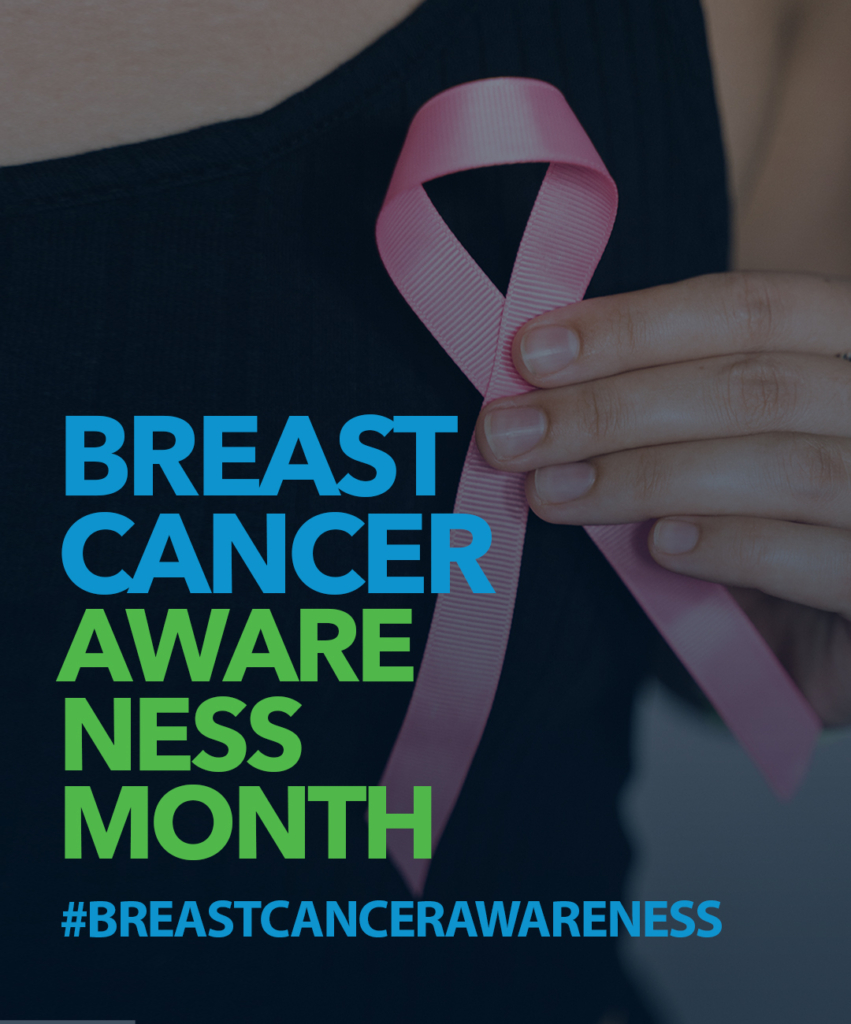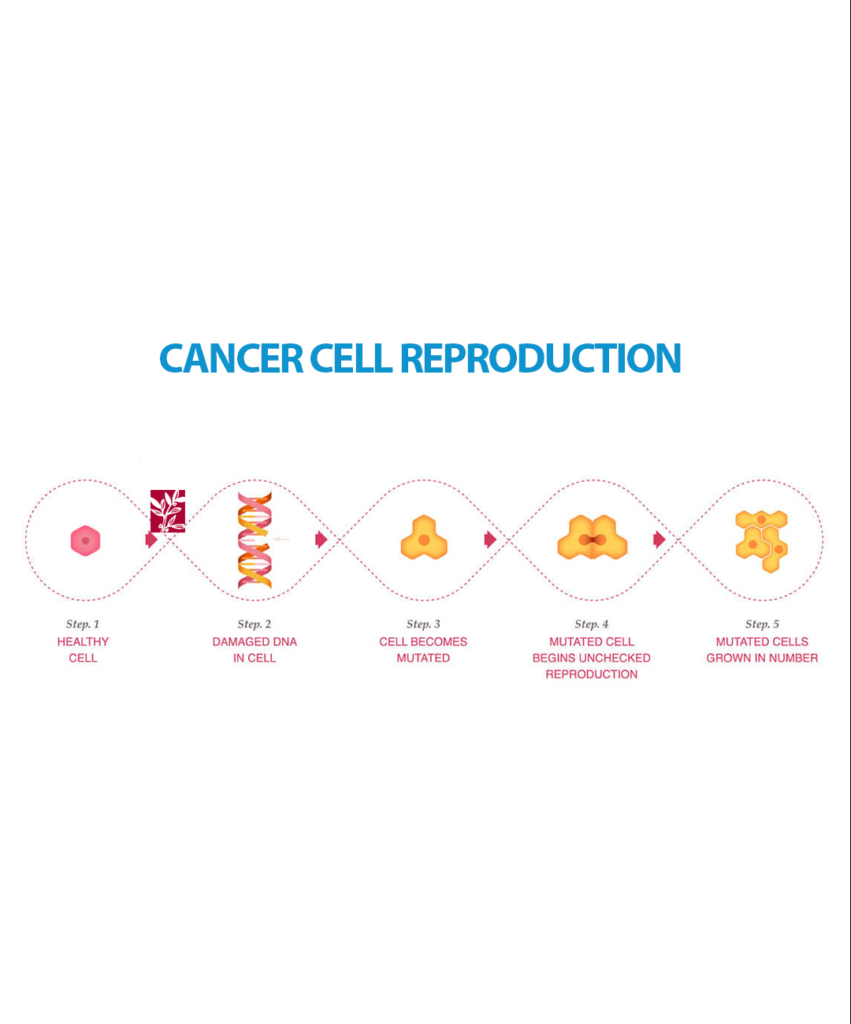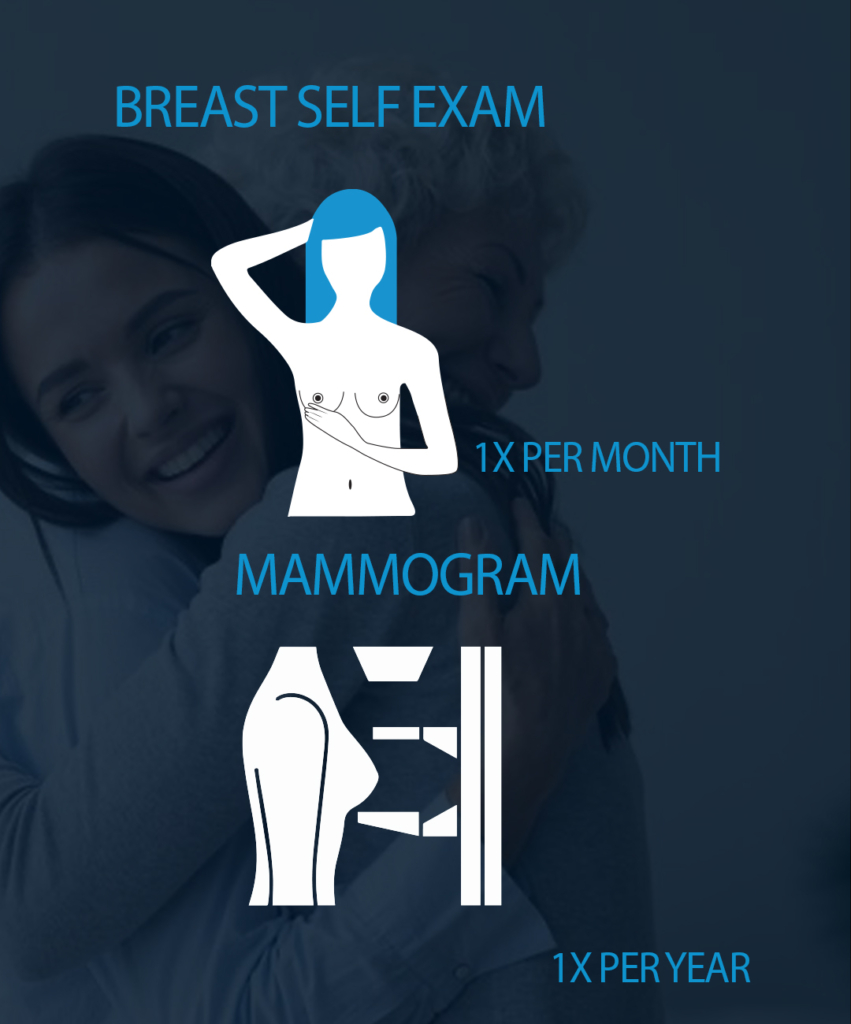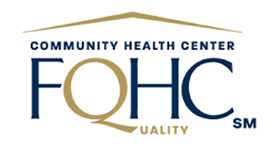AHL in the News, Events, homepage, News, Washington Community Health Center, Access Health Louisiana Primary Care at Pythian, Belle Chasse Community Health Center, Kenner Community Health Center, South Broad Community Health Center, St. Bernard Community Health Center, St. Charles – Norco Community Health Center, St. Charles Community Health Center – Luling, St. Tammany – Slidell Community Health Center, Tangipahoa Community Health Center, Woodworth Community Health Center
BREAST CANCER AWARENESS MONTH
October is Breast Cancer Awareness Month. Since, according to the CDC, breast cancer is the most common cancer in women after skin cancer, in 1985 October was designated as the month meant to raise awareness about screening, prevention, and fundraise for innovations in treatment for breast cancer. Breast cancer is extremely prevalent within the U.S., especially within older female populations. The National Breast Cancer Foundation reports that it is estimated that, in 2022, approximately 30% of all new women cancer diagnoses will be breast cancer. The Susan G. Komen organization has become the world’s largest nonprofit source of funding for breast cancer. They cite that 1 in 8 women in the U.S. will be diagnosed with breast cancer in her lifetime, which is about one person every 2 minutes.
Though there are many factors that have been correlated with breast cancer risk, the two strongest risk factors for breast cancer are being born female and getting older. Because of this, routine screening for breast cancer in people assigned female at birth is extremely important. For those with average risk, it is recommended to have a mammogram every year starting at age 40. Dr. David Guillot, a provider at Access Health Louisiana’s Woodworth Community Health Center, added his personal experience, “My sister Angie died of breast cancer. She worked in the cancer center. She had her mammograms every year. She did everything right. If she were alive today, she would tell you to get your mammograms.” For people assigned female at birth who are low income, uninsured, or underinsured, the CDC’s National Breast Cancer and Cervical Cancer Early Detection Program offers free or low-cost mammograms. To learn more about the program, visit the CDC’s page found here. In part due to these better screening efforts and early detection, the National Breast Cancer Foundation reports that death rates from breast cancer have been declining since about 1990.
There are a few signs and symptoms of breast cancer. The CDC lists some of the symptoms as any change in the size or shape of the breast, pain in any area of the breast, nipple discharge other than breast milk (including blood), or a new lump in the breast or underarm. If you have any signs of breast cancer, finding it early and getting early treatment is the best way to save your life. Race does not impact risk of developing breast cancer, but delays in seeking healthcare contributed to why, according to the Susan G. Komen foundation, Black people assigned female at birth are about 40% more likely to die from breast cancer than white people assigned female at birth. The CDC estimates that nearly 44,000 people in the U.S. will die from breast cancer in 2022 and about 170,000 people in the United States are living with metastatic breast cancer. Finding breast cancer before it has metastasized, or spread to the lymph nodes and other areas of the body, is the best way to achieve remission. The National Breast Cancer Foundation reported that 65% of breast cancer cases are diagnosed at this localized stage. Cases at this stage have a 99% 5-year survival rate.











